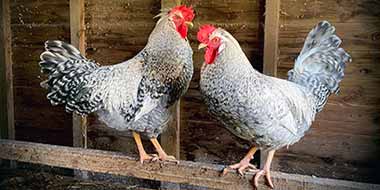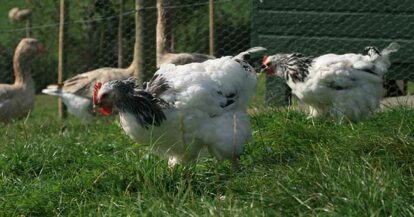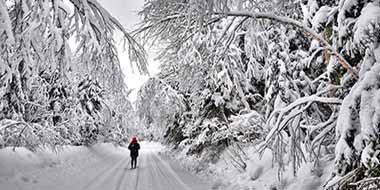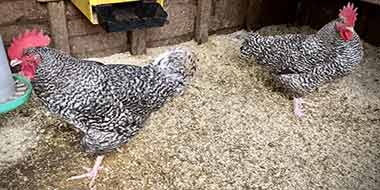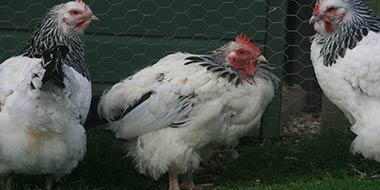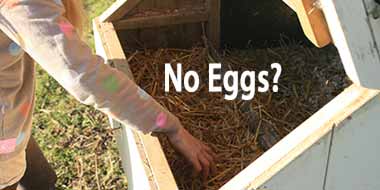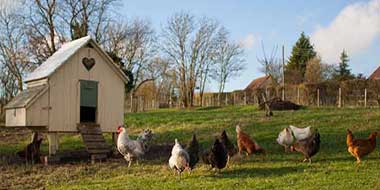
Chickens can cope well with cold weather, but what shelter do you need to provide for them during wet weather? Of course, small runs can be covered, however; larger areas in the garden, especially open or exposed areas, don’t offer much protection from the rain, so we need to think about sheltering chickens from the rain.
Most chickens are sensible and will seek shelter when there is heavy rain. Many chicken breeds are relatively hardy, and a little rain won’t hurt them; however, all of them will need somewhere to seek shelter and enough space to avoid chickens that are higher in the pecking order who might bully them if they get too close.
This is particularly important if chickens are kept out in the open where there isn’t much natural cover from trees and bushes that they can use for shelter when it rains. Ideally, there should be more than one place for them to shelter, so lower-ranking hens also have somewhere to go.
Experience
Experienced birds will run for cover if they think it’s going to be more than a light shower and will often huddle under a hen house or bush to keep themselves from getting too wet. There are often exceptions, so it is a good idea to observe your hens during wet weather to see how they behave.
If hens try to seek shelter but are chased off by a bully, you should try to provide an additional covered area within the chicken run, so there is less competition for them.
Chicks and pullets
Chicks that are old enough to be living outside always need a covered run or need to be put inside during bad weather. Even young pullets don’t always have the sense to shelter, so they may stand around getting wet. There is more information on raising chicks here.
Ex-battery hens
Other birds that haven’t learned to shelter from the rain are Ex-battery hens because they have spent so long inside sheltered buildings. To be fair to them, they don’t really understand what rain is as they have never experienced it before! Take extra care with them if they aren’t fully feathered when you get them.
Breeds that need special care
Some breeds or hybrid chickens can handle the wet better than others and are hardier in poor weather conditions. Breeds such as Poland (the one with all the headgear) or the Silkie (with sparse feathering) can suffer during wet weather. They ideally need a covered run, or you will need to keep a close eye on them during bad weather.
Generally speaking, any breeds with feathered feet require special care during wet spells, because mud can be a problem for them.
Birds that get soaked through can be at risk of hypothermia. Their body temperature soon drops, especially if there is added wind chill factor involved.
How to shelter chickens from the rain
It is a good idea to provide some shelter from prevailing winds, as well as the rain for your chickens.
The shelter can be quite basic, corrugated sheeting over a run, or a house lifted 40 cm off the ground to provide room underneath for birds to shelter, or even an old fence panel leaning against a wall or shed. Whatever you choose, ensure it is secure and won’t blow away and try to provide some protection from the prevailing winds (usually coming from the South West in the UK).
Don’t forget, wind can drive rain sideways in exposed areas, so what may look like a large, sheltered area is really only providing a small amount of shelter.
Of course, the inside of the chicken coop is one of the best places for shelter. I have found some of my birds will happily use their coop, but others prefer to stay outside, seeking shelter under a bush or tree.
Many birds will either not use the hen house or, due to their position in the pecking order, will not go inside when the higher-order birds are just inside the doorway, so it’s always a good idea to provide shelter outdoors.
Chickens have some special needs in the cold/freezing weather and snow. This is covered in a separate article: Keeping Chickens in Cold Weather.

